Did you ever wish that you could build your own PDA? Prefer performance over appearance? Then this guide is for you. Please read the requirements before starting.
Start by planning out what kind of PDA you would like to build. Think about the purpose: Are you going to use it as an agenda? An ebook reader? ...and so on.
Prepare a block diagram which reflects your requirement. Choose an appropriate power supply.
Design the system. Refer some existing reference design such as Mistral Software's "Sunada"; External Link included below.
Select the processor, peripherals and the operating system by doing some research; see Tips. Find out which parts will work best for your intentions.
Do software development while figuring hardware development.
Get all the materials from an electronics vendors, such as Radioshack.
Choose other peripherals you require, such as Memory, Flash, Display, Storage(MMC/SD card), Audio Codec, Camera, Keypad, Bluetooth, USB, UART, WLAN, etc.
Build it! If what you planned works, then congratulations. If not, continue figuring it out.
Eventually you will end up with your own personally built PDA to use!
Tips
- Keep proper documentation for all activities.
- Read all the data sheets and application notes of each component carefully.
- Refer to some existing reference design, so that you can save both money and time.
- Go for an low power embedded processor, an ARM processor is a very good choice, or better go for an OMAP processor since it have almost all the interfaces required for a PDA also OMAP have both ARM core and DSP core.
- Linux, as an Operating System, is a very good option. The software development can be started on some OMAP development kits before the actual hardware is finished.
Things You'll Need
- Deep knowledge in Electronics hardware design and programming
- Processor and other peripheral IC's
- Development tools like Code Composer Studio and EDA tools like Cadence Capture CIS and Alegre(PCB design)






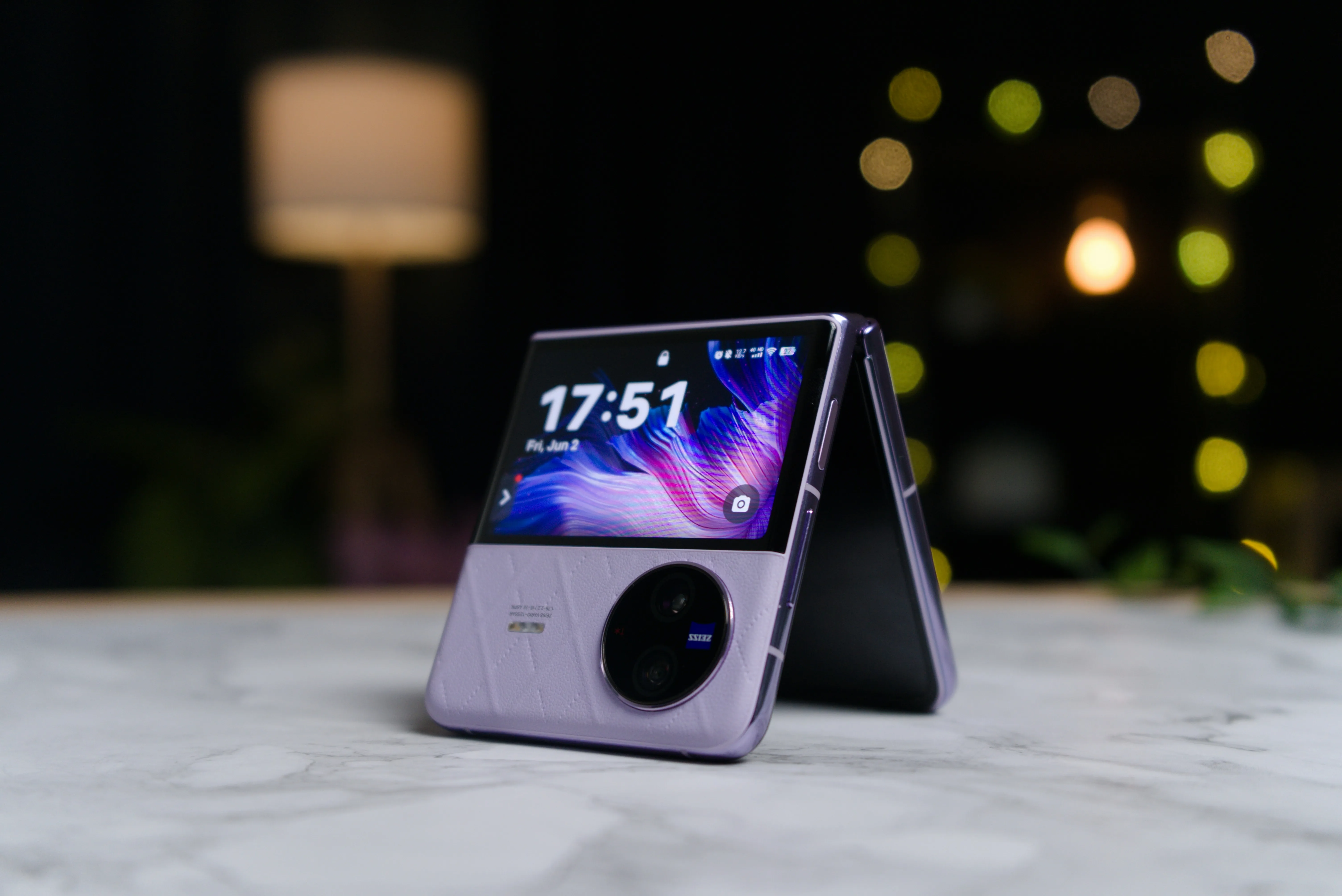

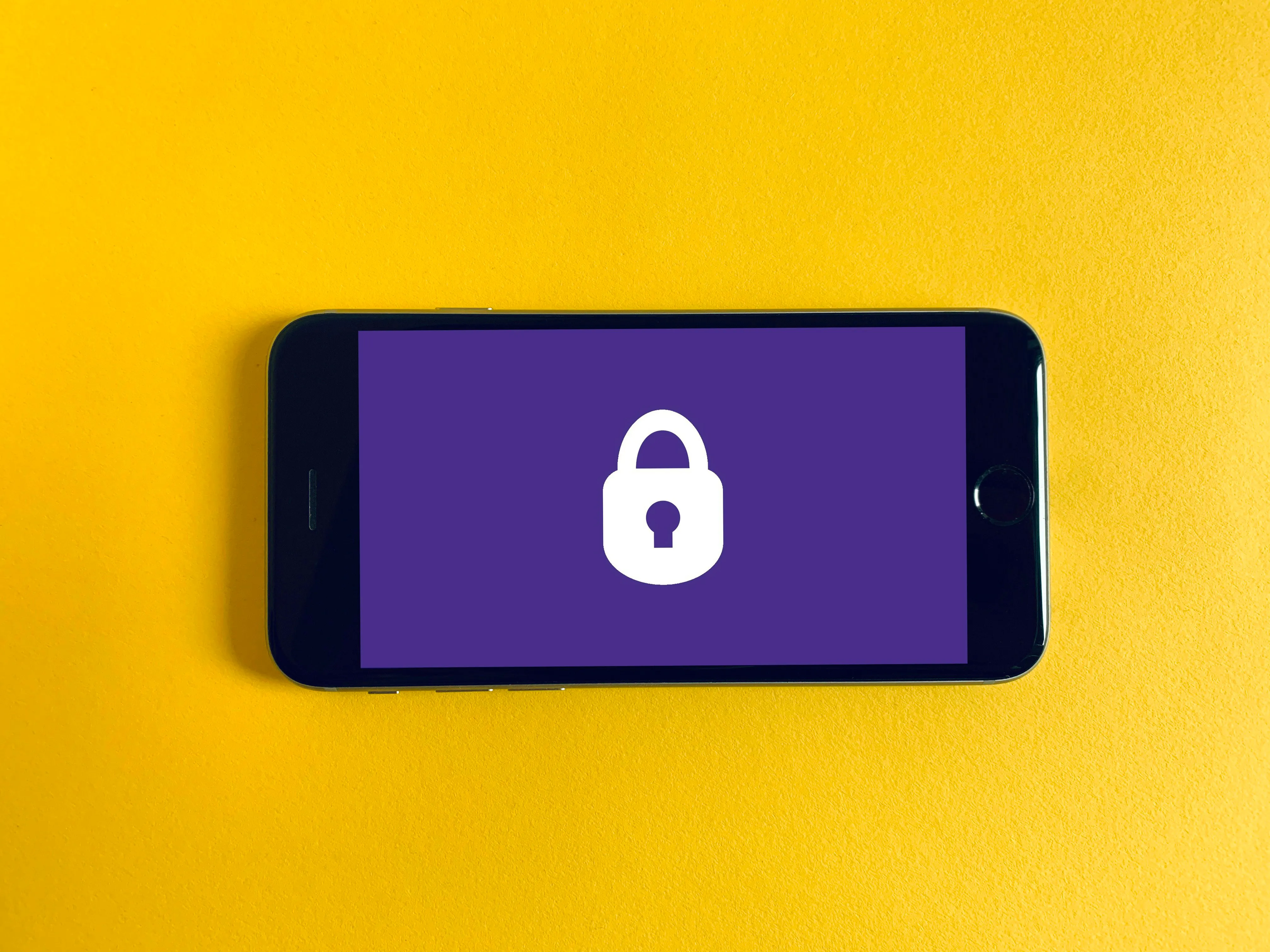

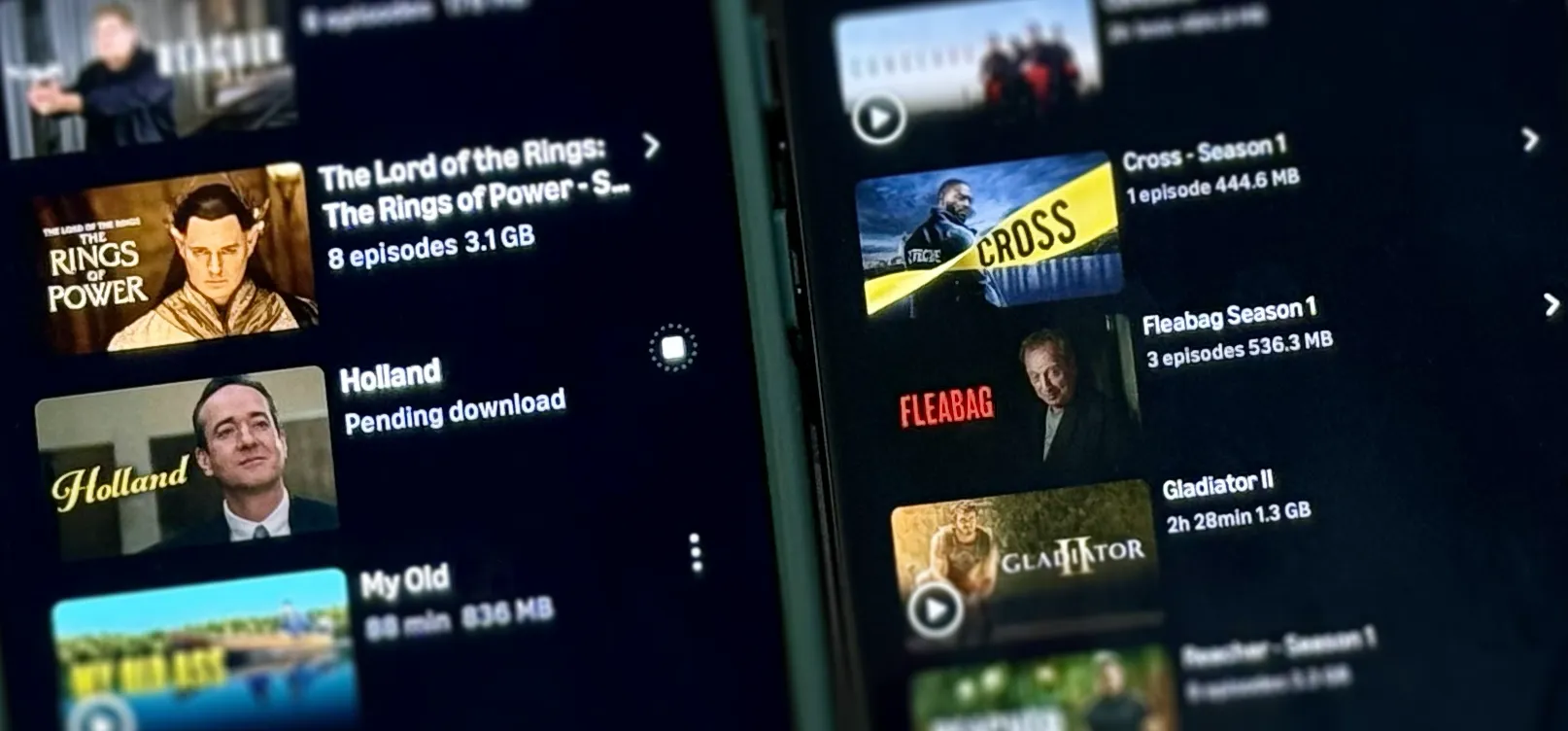

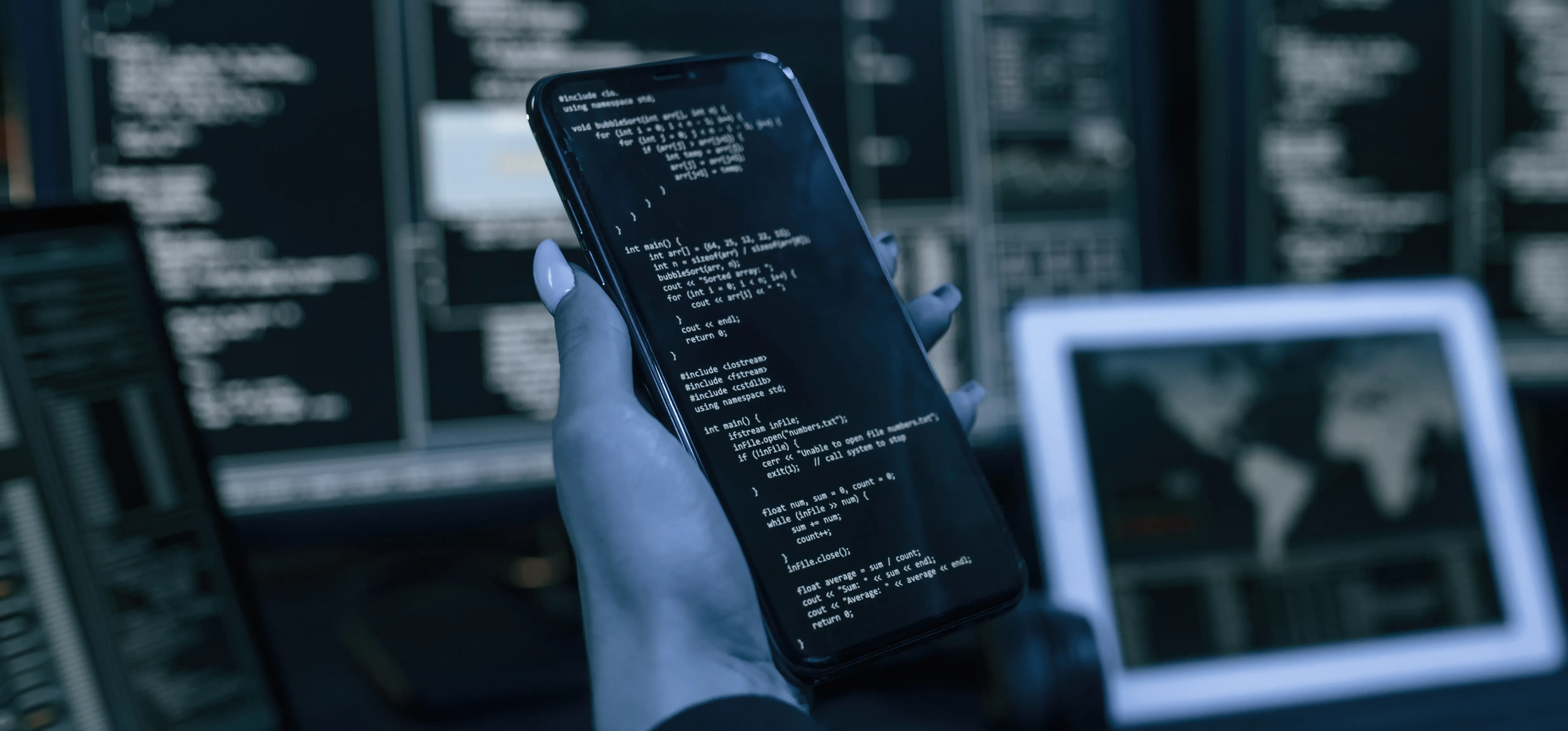

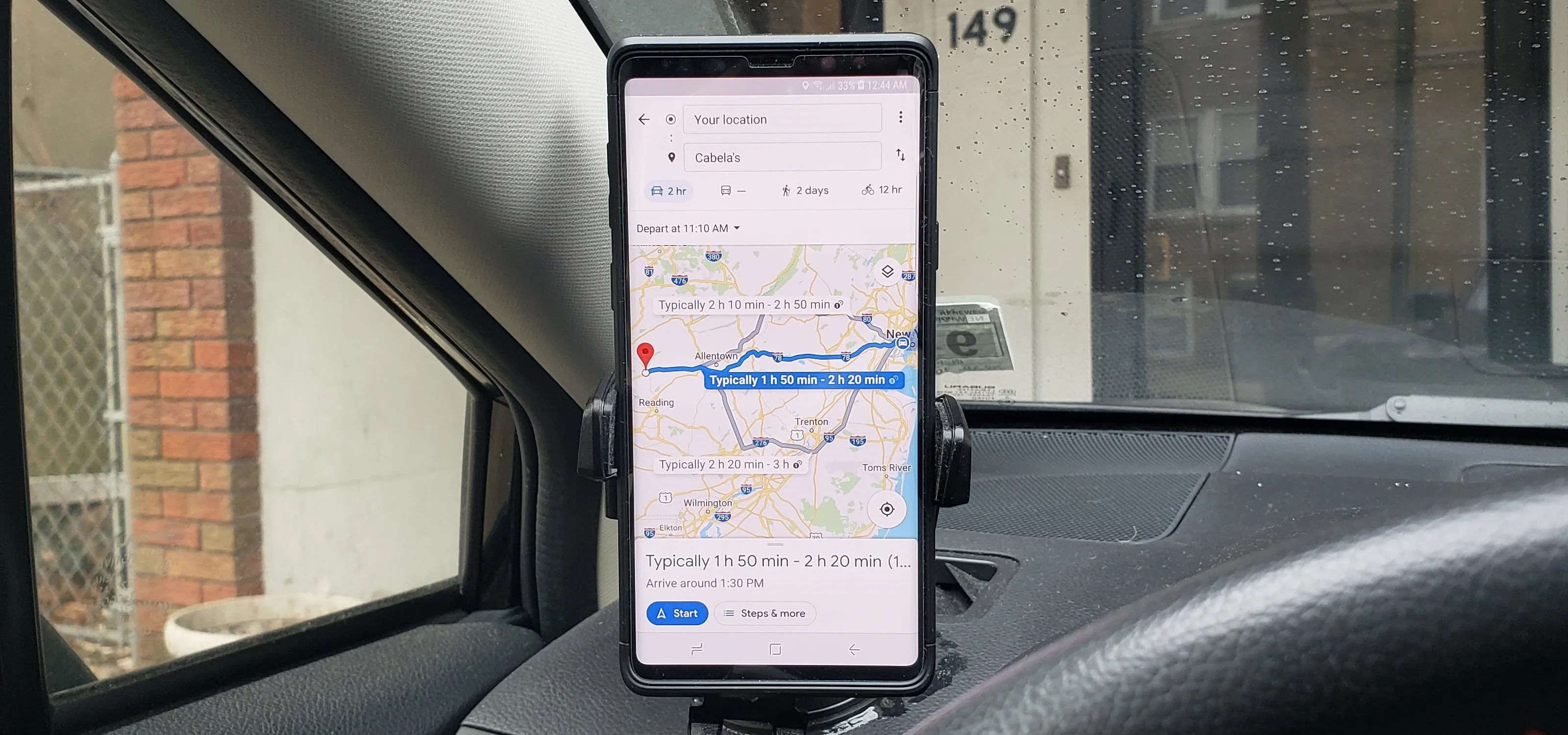
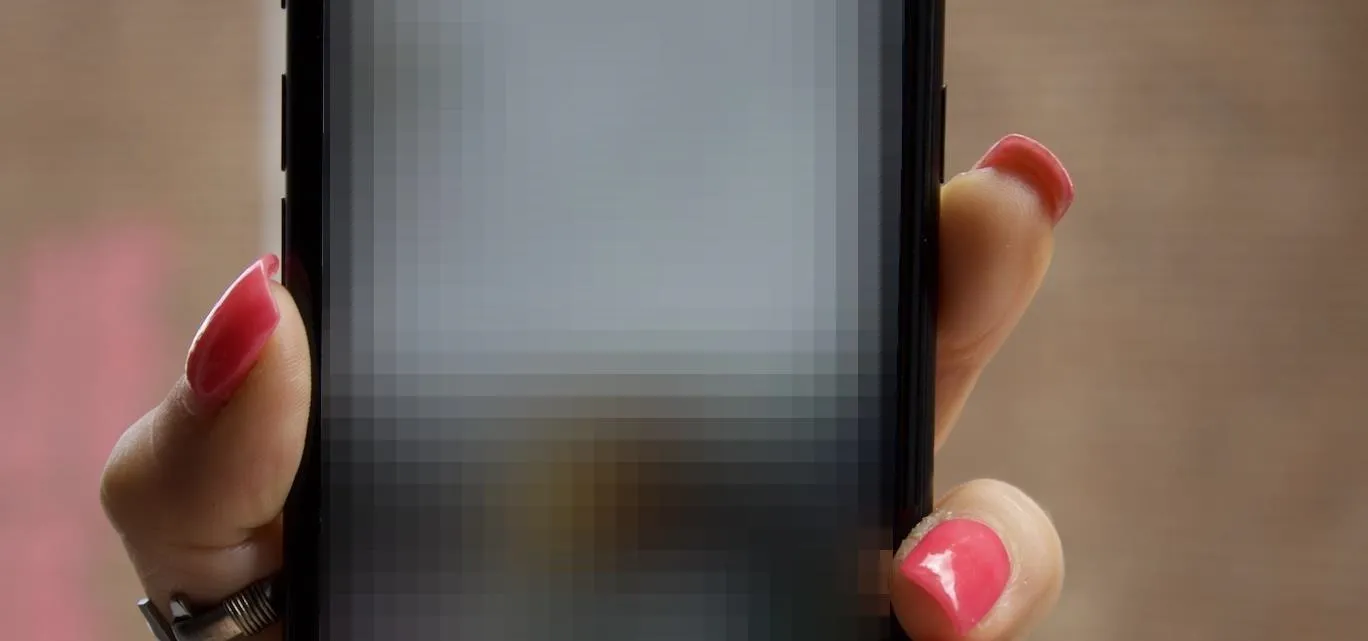

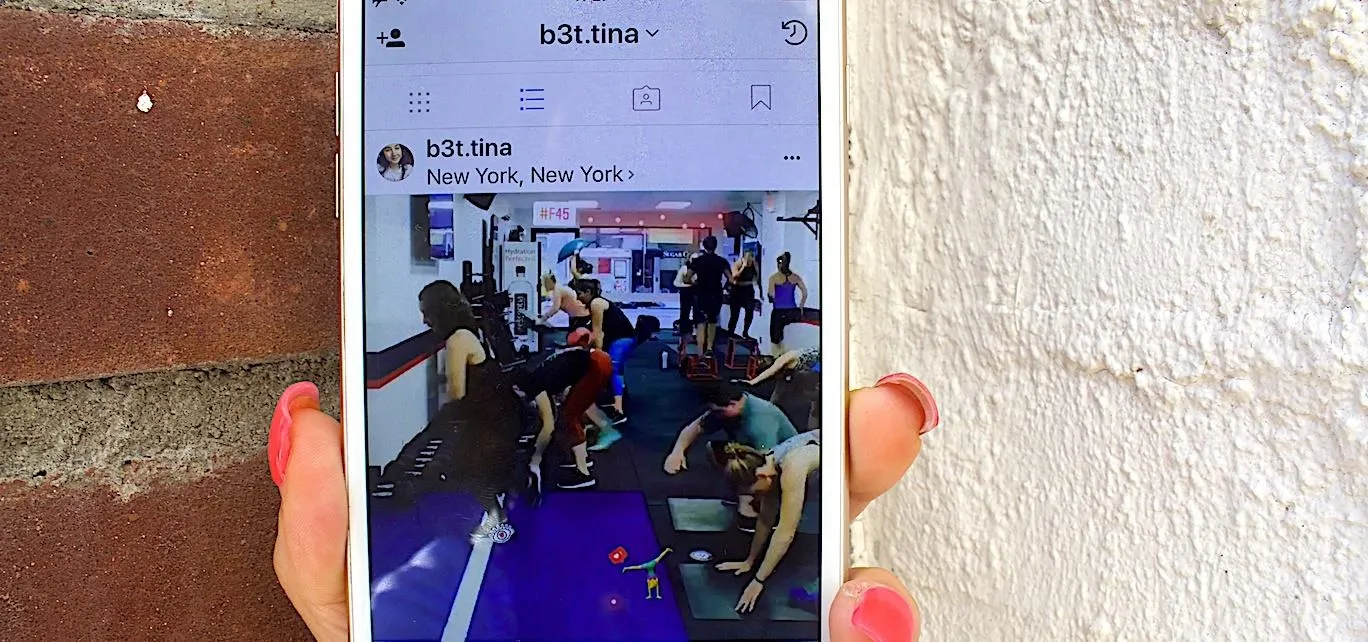
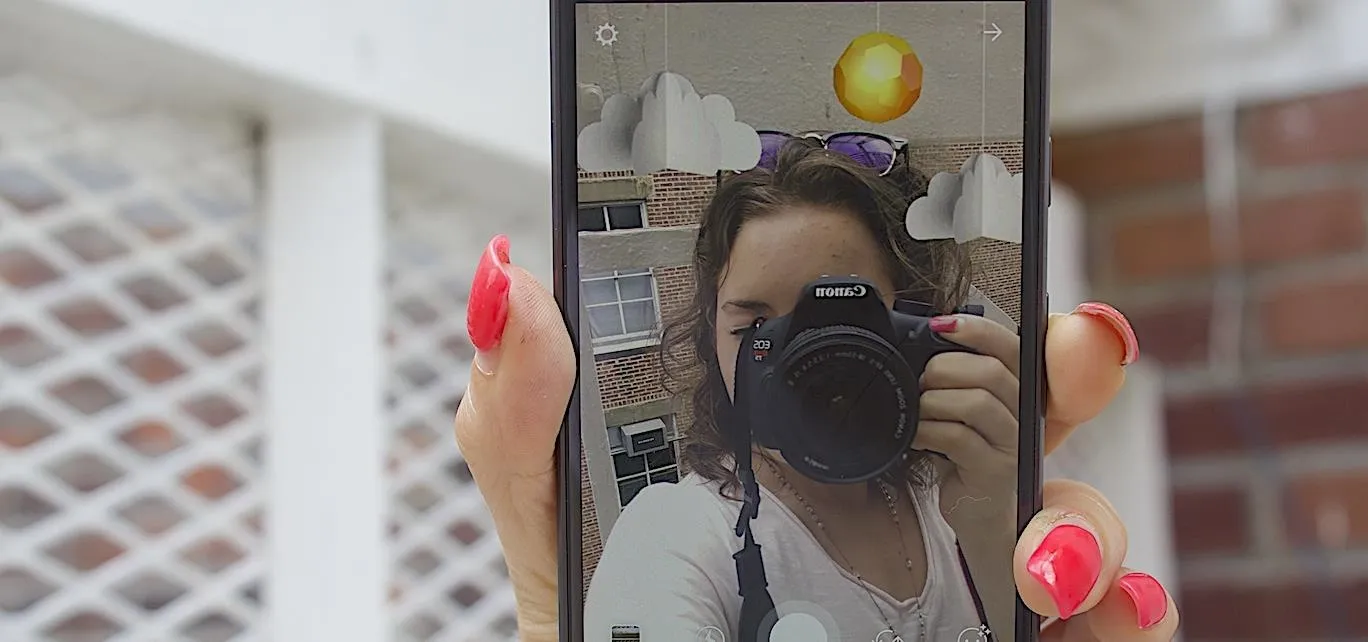

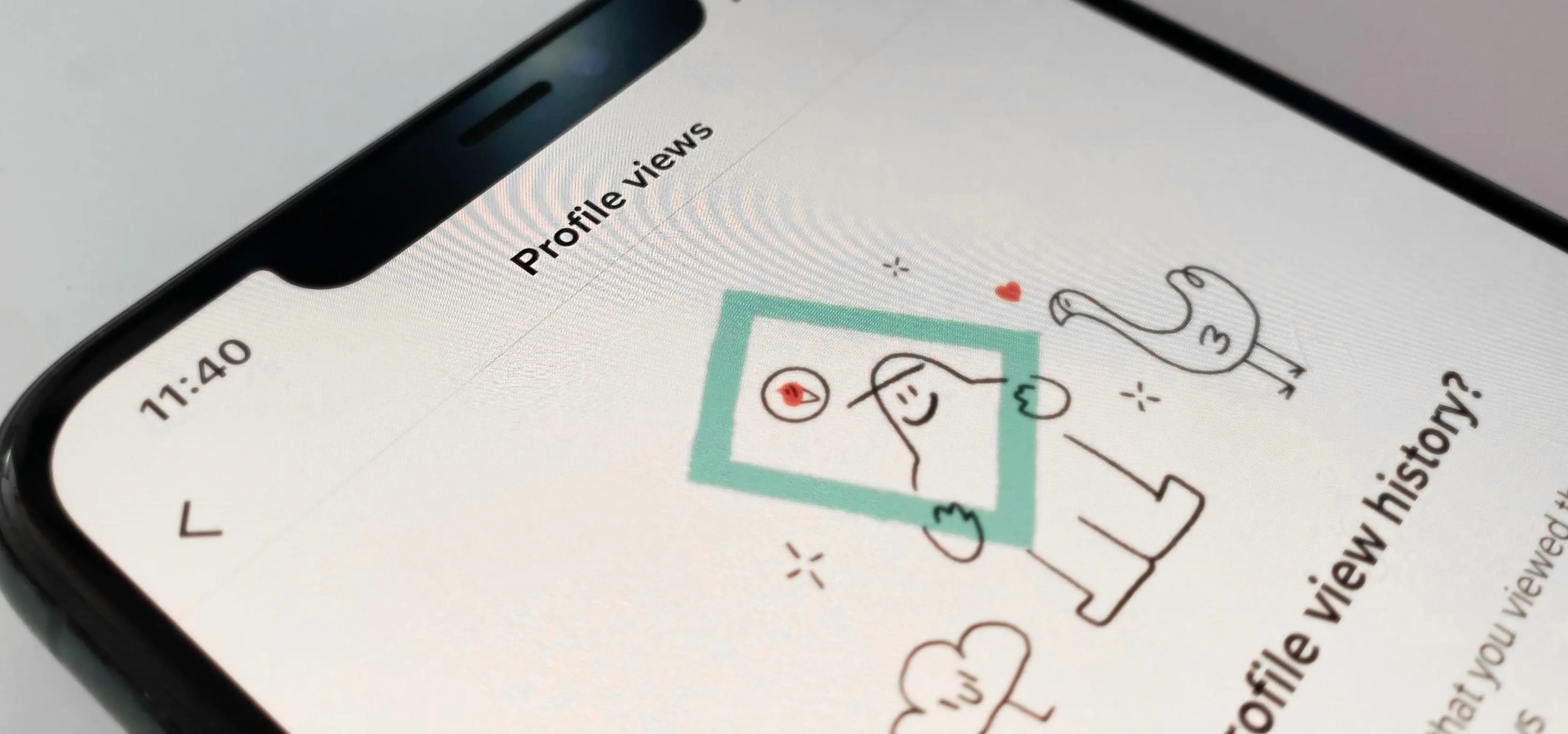
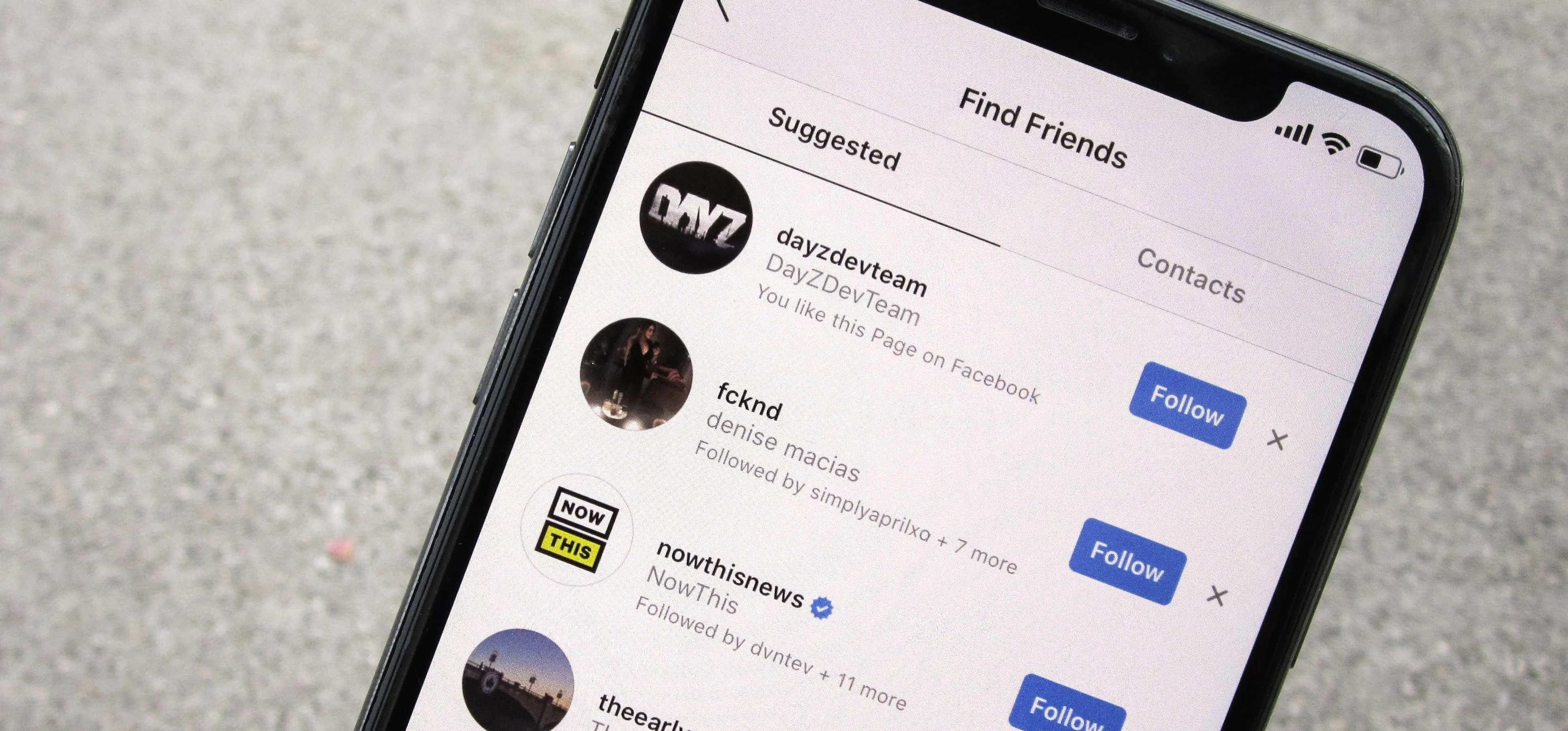
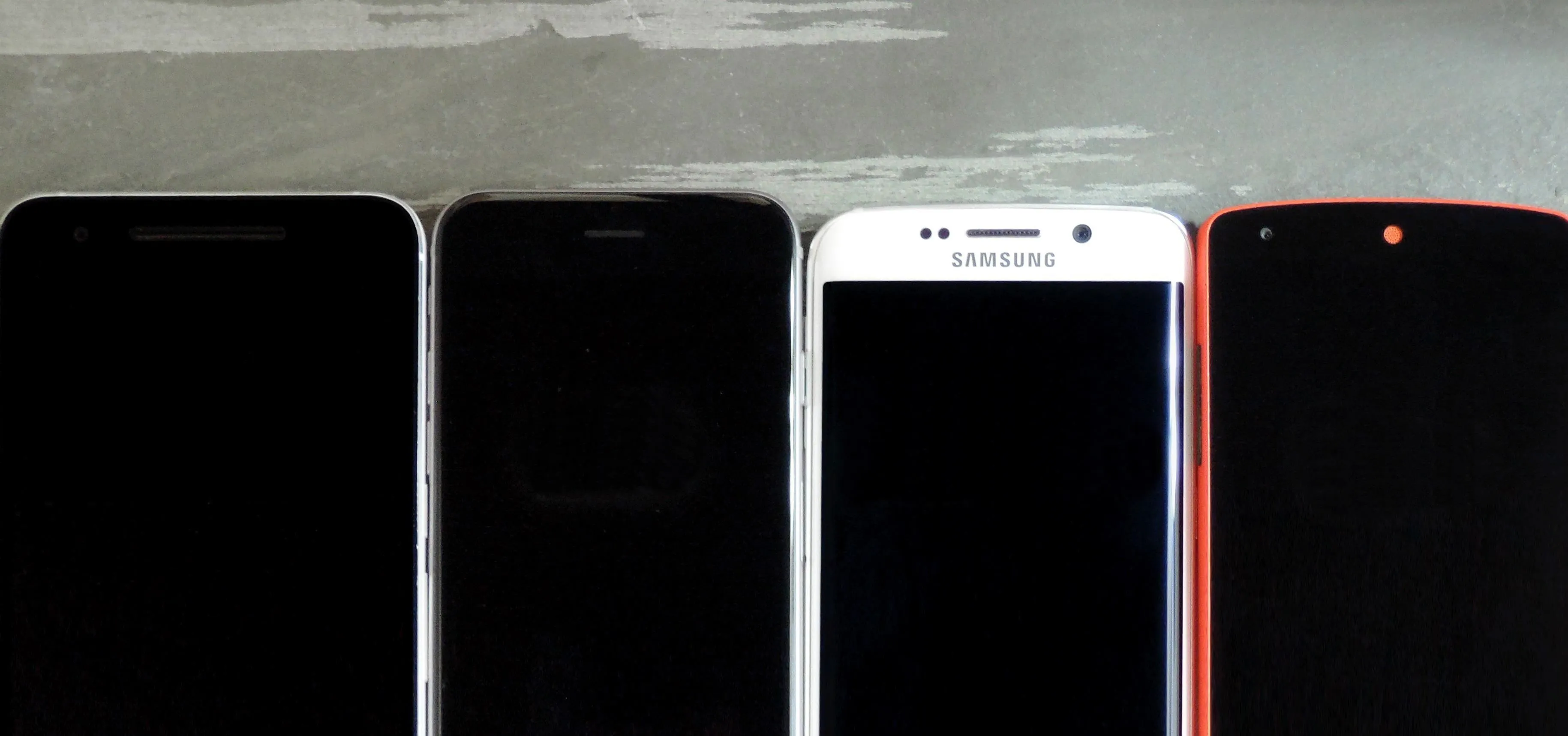
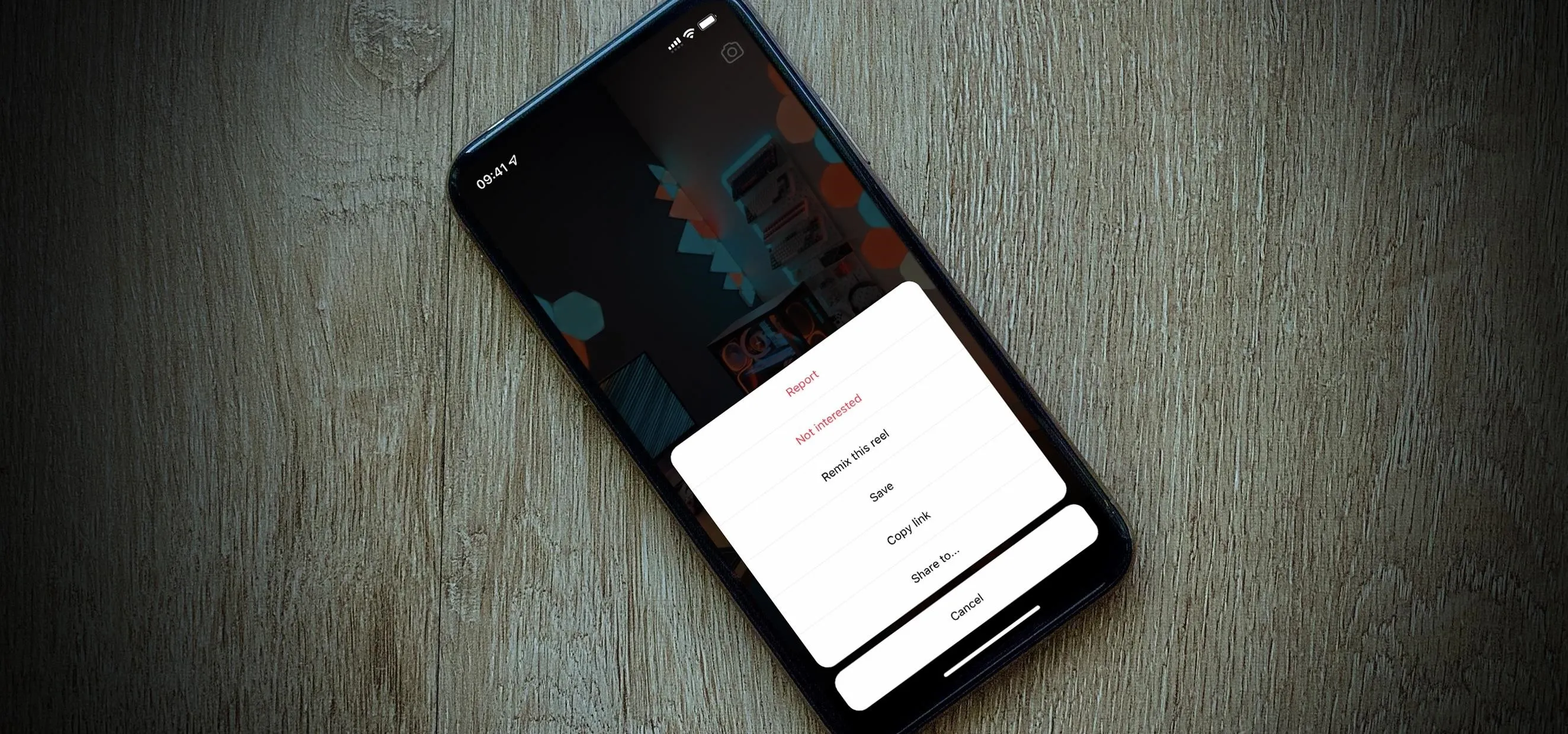
Comments
Be the first, drop a comment!